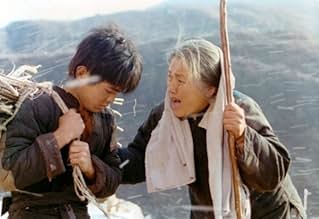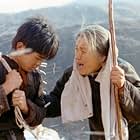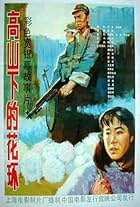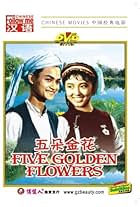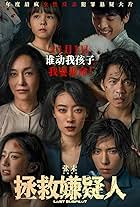In the process of 15 years of Japanese invasion to China, many people had immigrated to China. In the chaos after Japanese surrender, many children were left in the continent. Lucky children were adopted and raised by Chinese people.
After the relation of Japan and China was restored in 1971, those Japanese orphans started to return to Japan if their relatives were found in Japan. This movie was released about 20 years later.
In the film, three stories progress in parallel: the orphan is adopted by a poor midwife and eventually becomes a disciple of a Buddhism priest; the grown-up orphan, now Master Minjin, visits Japan as a member of Buddhism delegate; his Japanese mother, Oshima Kazuko, meets her son. By organizing the three stories, the film tries to present whole view regarding this orphan.
The story in China is well described. You can easily empathize each off the adopting family - grandmother, her son and daughter. On the other hand, the scenes in Japan lack reality.
Ohima Kazuko, acted by Kurihara Komaki, wearing kimono even at home, looks elegant in middle class. If she had to return to Japan alone, she must have had hard time for living. She lived 45 years of lonely life, with the only desire to see her son even once. She should be about 70 y/o in 1990. I believe an actress of the age should have been used rather than Kurihara.
The hotel Master Minjin stayed must be a five star hotel. It is strange that neon signs reflects in his room. I could not help noticing this kind of unnaturalness.
Where such unnaturalness comes from? The orphan in this film becomes a priest and goes up the ladder to the Master title. He becomes a mogul in Buddhism society. But in real history, none of the Japanese orphans left in China was such a mogul.
I think this is still a good film. At some scenes I could not help tearing. But I felt that the film miss-focused the issue of Japanese orphans.


